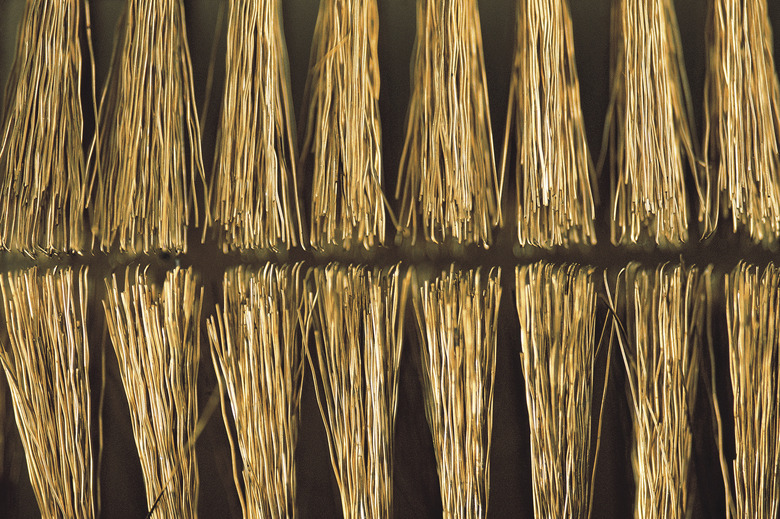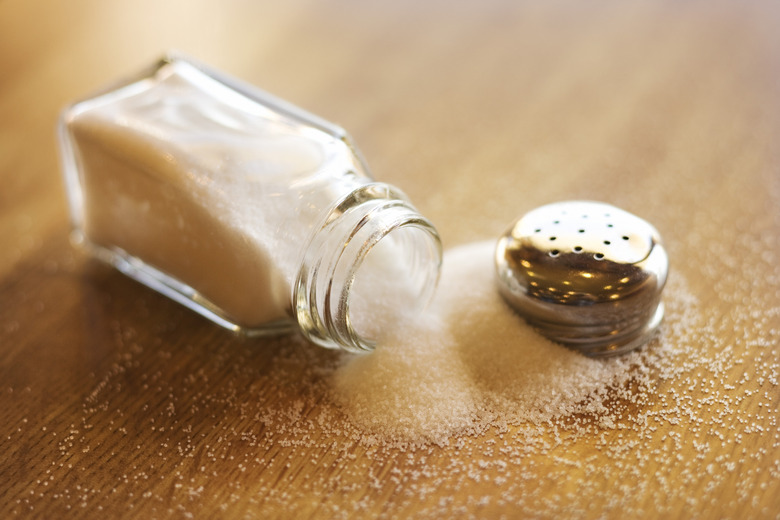Why Salt In Water Can Conduct Electricity
Electricity and Conduction
Electricity and Conduction
To understand why salt water conducts electricity, we have to first understand what electricity is. Electricity is a steady flow of electrons or electrically charged particles through a substance. In some conductors, such as copper, the electrons themselves are able to flow through the substance, carrying the current. In other conductors, such as salt water, the current is moved by molecules called ions.
Dissolving Salt Water
Dissolving Salt Water
Pure water is not very conductive, and only a tiny bit of current can move through the water. When salt or sodium chloride (NaCl) is dissolved in it, however, the salt molecules split into two pieces, a sodium ion and a chlorine ion. The sodium ion is missing an electron, which gives it a positive charge. The chlorine ion has an extra electron, giving it a negative charge.
Creating a Current
Creating a Current
An electric source sending a current through water will have two terminals: a negative one that conducts electrons into the water, and a positive one that removes them. Opposite charges attract, so the sodium ions are attracted to the negative terminal, and the chlorine to the positive. The ions form a bridge, the sodium ions absorbing electrons from the negative terminal, passing them to chlorine ions and then the positive terminal.
References
Cite This Article
MLA
David, Isaiah. "Why Salt In Water Can Conduct Electricity" sciencing.com, https://www.sciencing.com/salt-water-can-conduct-electricity-5245694/. 24 April 2017.
APA
David, Isaiah. (2017, April 24). Why Salt In Water Can Conduct Electricity. sciencing.com. Retrieved from https://www.sciencing.com/salt-water-can-conduct-electricity-5245694/
Chicago
David, Isaiah. Why Salt In Water Can Conduct Electricity last modified March 24, 2022. https://www.sciencing.com/salt-water-can-conduct-electricity-5245694/



